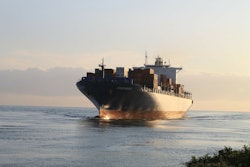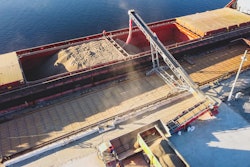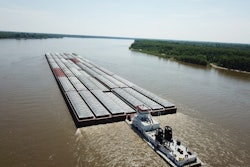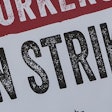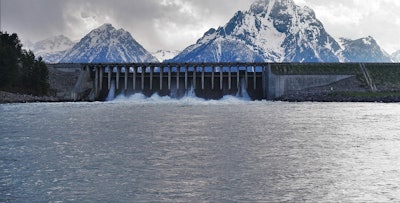
There's ajoint federal-state projectto restore the local salmon population on the Columbia Snake River System, and several agriculture industry leaders, includingJeff Van Pevenage, president and CEO ofColumbia Grain International(CGI), are waving the warning flag if the four dams are breached.
Van Pevenage says at a time of unprecedented supply chain disruption, inflation, severe logistical challenges, labor shortages, and the threat of food insecurity, compromising waterways like theColumbia Snake River Systemwill only result in further turmoil.
CGI, which has a network of 8,000 farmers across the northern tier of the U.S., believes increased transportation costs, the loss of jobs, farmable land and agricultural inputs, not to mention higher costs for farmers and consumers, are imminent.
“We need to keep the lower Snake River dams. It’s the top wheat export gateway in the nation and the third largest grain export corridor in the world,” said Van Pevenage.
“If farmers and the export industry in the Pacific Northwest lose this critical barge shipping route, there will further strain on an already broken supply chain.”
Snake River Dams support 60% of all wheat exports in PNW
The Snake River Dams support over 60% of all wheat exports out of the PNW area, or between 80 to 100 million bushels annually.
According to theNational Association of Wheat Growers, a single four-barge tow carrying wheat moves the equivalent of 538 semi-trucks and is the lowest cost shipping option. Removing the dams will likely lead to higher rail costs.
Statistics from thePacific Northwest Waterways Associationdetail the problems that will result from shifting from barge to road in commodity crop transportation.
Dam breaching is expected to require at least 201 additional unit trains and 23.8 million miles in additional trucking activity annually. The increased trucking activity will increase fuel costs, highway maintenance costs, terminal facility maintenance cost, driver time, and vehicle maintenance costs by over $69 million per year.
Switching from barge to rail and truck will increase CO2 and other harmful emissions by over 1,251,000 tons per year. Highway, rail, grain elevators, and local infrastructure network will need over $1 billion in capital investment. If breaching occurred and farm subsidies are not increased, devastating impacts could occur as 1,100 farms may be at risk of bankruptcy.
Removing dams would be expensive
CGI said removing the four giant hydroelectric dams on the lower Snake River would be expensive and finding other ways to provide electricity, irrigation and enabling commerce would cost between $10.3 billion and $27.2 billion.
“Hydroelectric dams, navigation locks, and salmon can and do co-exist,” said Van Pevenage. “The U.S. Army Corps of Engineers just released statistics for the year and we had the best Sockeye salmon return on record at Bonneville and the highest return for sockeye to Lower Granite since 1962.
"We believe that there needs to be a solution that balances the needs of all stakeholders to address the many challenges to salmon throughout their lifecycle," Van Pevenage continued. "Dam breaching is a simplistic and extreme concept that does not fully address the problem.”
“The Columbia Snake River System has successfully served our communities for over 40 years, providing our regions with clean power, jobs, efficient transportation, irrigation, flood control, and more,” Van Pevenage concluded.
“We are committed to cultivating the continued growth of our farmers and our PNW communities to ensure the world continues to receive a steady flow of grains and pulses.”





